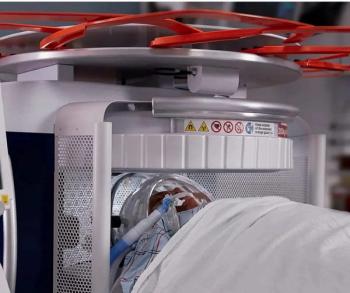A comprehensive utilization management (UM) program can significantly reduce high-cost imaging volume among primary care practices, according to a study published in the journal Radiology. Researchers from Massachusetts General Hospital and Massachusetts General Physicians Organization in Boston performed a seven-year retrospective study to quantify the effect of a comprehensive, long-term, provider-led UM program on CT, MRI, nuclear imaging, and PET performed on an outpatient basis. The cohort study included all patients regularly seen by primary care physicians (PCPs) at an urban academic medical center. The main outcome was the number of outpatient high-cost imaging examinations per patient per year ordered by the patient’s PCP or by any specialist. The authors determined the probability of a patient undergoing any high-cost imaging procedure during a study year and the number of examinations per patient per year (intensity) in patients who underwent high-cost imaging. The patient cohort started with 88,959 patients in 2007 and increased to 109,823 by 2013. The researchers determined that overall high-cost imaging utilization went from 0.43 examinations per year in 2007 to 0.34 examinations per year in 2013, a decrease of 21.33 percent. At the same time, similarly adjusted routine laboratory study utilization decreased by 9.4 percent. On the basis of unadjusted data, outpatient high-cost imaging utilization in this cohort decreased 28 percent, compared with a 20-percent decrease in statewide utilization. The researchers concluded a comprehensive UM used among a stable cohort of patients cared for by PCPs can produce a significant and sustained reduction in risk-adjusted per-patient year outpatient high-cost imaging volume.




























